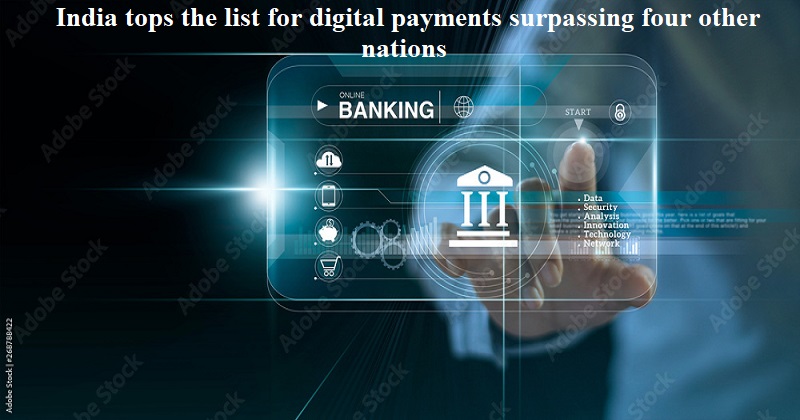
India has emerged as the leading country in digital payments, surpassing four other nations, with an astonishing 89.5 million transactions recorded in 2022.
According to the data, India accounted for 46 percent of all real-time payments made worldwide in 2022. In fact, India’s digital payment transactions outnumber those of the other four top countries combined.
Brazil secured the second position on the list with 29.2 million transactions, followed by China with 17.6 million transactions. Thailand ranked fourth with 16.5 million digital transactions, and South Korea recorded 8 million worth of transactions, as stated by data from MyGovIndia.
To promote digital payments in the current fiscal year, the Ministry of Electronics and Information Technology (MeitY) has introduced the Incentive Scheme for the Promotion of RuPay Debit Cards and Low-Value BHIM-UPI Transactions.
MyGovIndia, the Indian government’s platform for citizen engagement, provides people with the opportunity to contribute at the grassroots level and work towards the goal of Surajya (good governance).
Prime Minister Narendra Modi declared that India is the global leader in digital payments and highlighted the transformation of the rural economy in the country.
Modi stated, “India is number one in digital payments. India is one of the countries where mobile data is the cheapest. Today, the country’s rural economy is transforming.”
The expansion of digital payments in India, along with the availability of simple and practical digital payment options, has significantly improved the quality of life for residents, promoted financial inclusion, and contributed to the growth of the country’s commerce and economy.
The International Monetary Fund (IMF) has praised India’s digital public infrastructure, considering it one of the nation’s major success stories. In a recent paper, the IMF commended India’s digital public infrastructure and stated that the country’s experience with the internet holds lessons for other countries undergoing their own digital transformation.
The “India Stack” refers to India’s digital public infrastructure, which includes Aadhaar, Unified Payments Interface (UPI) for digital payments, and Digilocker for online storage. These platforms provide online, cashless, paperless, and private digital access to a wide range of public and private services.
According to the paper, India was able to rapidly provide support to a significant proportion of poor households during the pandemic. In the initial months of the pandemic, approximately 87 percent of poor households received at least one benefit, thanks to the digital infrastructure in place.

Post Your Comments